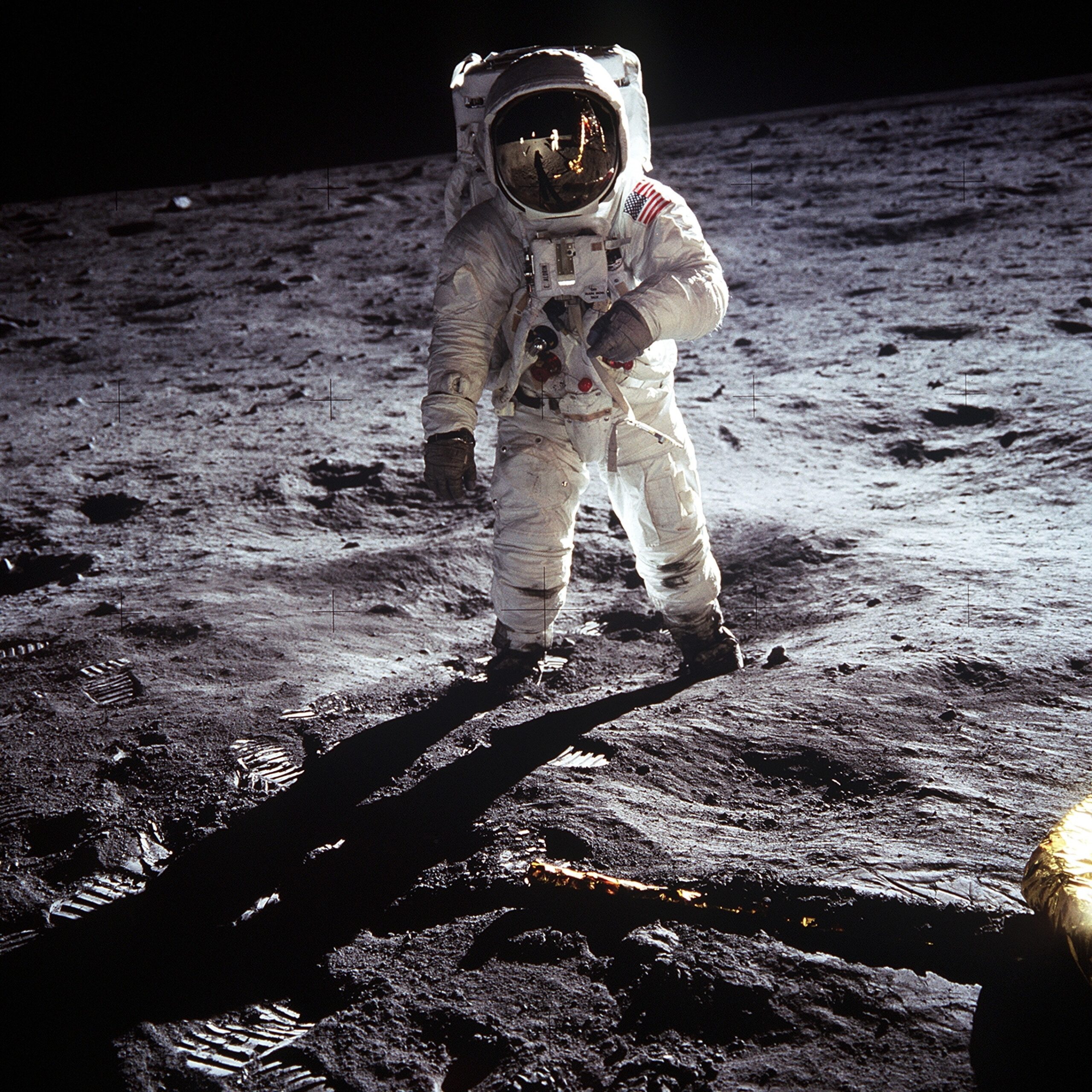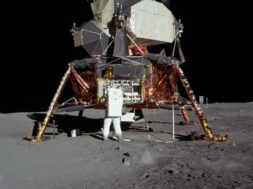
Artemis 3 Mission: Unveiling the Future of Lunar Exploration
Some historical occurrences are dazzling illustrations of what humans have accomplished as proof of our never-ending search for knowledge and cosmic exploration. The Artemis 3 mission, which will provide light on the future of lunar exploration and pave the way for a human return to the Moon, is one such watershed moment.
A description of Artemis
The Artemis program, run by NASA, aims to establish a permanent human presence on the Moon. The third mission in this series, Artemis 3, is anticipated to signal significant advancements in lunar exploration. This mission’s return of people to the lunar surface will mark the first manned Moon landing in a long time.
Historical Background
Humans last set foot on the Moon during one of NASA’s Apollo missions, Apollo 17, carried out in 1972. The upcoming Artemis 3 spacecraft is proof of humanity’s insatiable curiosity. Because of technology advancements and a worldwide collaborative effort, it represents a significant step forward.
Newly created lunar gateway
One of the distinctive features of the Artemis program is the creation of the Lunar Gateway, a space station revolving around the Moon. This gateway will enable lengthier lunar surface explorations by serving as a staging point for lunar missions, providing researchers with a venue to test their hypotheses. This lunar gateway will be created and used largely by the Artemis 3 mission, opening up new possibilities for lunar study.
Sustainably Exploring the Moon
Sustainability is the program’s main focus. Artemis envisions a long-term lunar presence instead of the brief Apollo missions with a specific goal in mind. Infrastructure and technological advancement will be necessary for future lunar missions, and the information gathered from Artemis 3 will be crucial. In addition to planned moon exploration missions, this long-term strategy considers trips to Mars and other planets.
Relationships with other countries
There are more countries involved in the Artemis project. It represents a global cooperation with contributions from countries including Canada, Japan, and European Space Agency (ESA) member states. This international partnership fosters intercultural understanding and multidisciplinary study while spreading the expense of space exploration.
Scientific Research
Artemis 3 will include more than just setting up flags and posing for pictures on the Moon. It will be a very important scientific project. Astronauts will be sent on this trip to the South Pole of the Moon to conduct experiments, gather data, and make novel scientific findings. Understanding the Moon’s geology, resources, and potential as a launchpad for more space exploration will be one of the mission’s primary objectives.
Keeping the Younger Generation Inspired
The Artemis program might inspire a new generation of researchers, engineers, and scientists. Young people may become just as interested in space exploration thanks to Artemis 3 as they were in the Apollo missions. It offers a concrete objective for individuals desiring to take part in humanity’s ascent to the heavens.
Challenges Ahead
The Artemis 3 mission has a lot of potential but has certain difficulties. The challenges that must be solved include logistics for long-duration missions, radiation exposure, and the harsh lunar environment, to name just a few. While pushing the limits of human knowledge and capability, these problems will put scientists and engineers to the test of their inventiveness.
A significant first step towards further lunar exploration, Artemis 3 is more than merely a lunar mission. It stands for human tenacity, cross-cultural harmony, and the burning curiosity that propels us to discover uncharted terrain. We are reminded that our adventure into space is far from ending as we eagerly anticipate the astronauts’ safe return to the lunar surface.
In addition to revealing the future of lunar exploration, Artemis 3 will motivate future generations to aim high.













